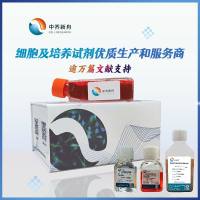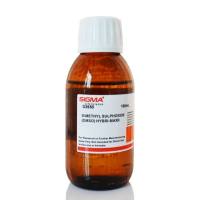Integrating High-Throughput Pyrosequencing and Quantitative Real-Time PCR to Analyze Complex Microbial Communities
互联网
574
New high-throughput technologies continue to emerge for studying complex microbial communities. In particular, massively parallel pyrosequencing enables very high numbers of sequences, providing a more complete view of community structures and a more accurate inference of the functions than has been possible just a few years ago. In parallel, quantitative real-time PCR (QPCR) allows quantitative monitoring of specific community members over time, space, or different environmental conditions. In this review, we discuss the principles of these two methods and their complementary applications in studying microbial ecology in bioenvironmental systems. We explain parallel sequencing of amplicon libraries and using bar codes to differentiate multiple samples in a pyrosequencing run. We also describe best procedures and chemistries for QPCR amplifications and address advantages of applying automation to increase accuracy. We provide three examples in which we used pyrosequencing and QPCR together to define and quantify members of microbial communities: in the human large intestine, in a methanogenic digester whose sludge was made more bioavailable by a high-voltage pretreatment, and on the biofilm anode of a microbial electrolytic cell. We highlight our key findings in these systems and how both methods were used in concert to achieve those findings. Finally, we supply detailed methods for generating PCR amplicon libraries for pyrosequencing, pyrosequencing data analysis, QPCR methodology, instrumentation, and automation.









